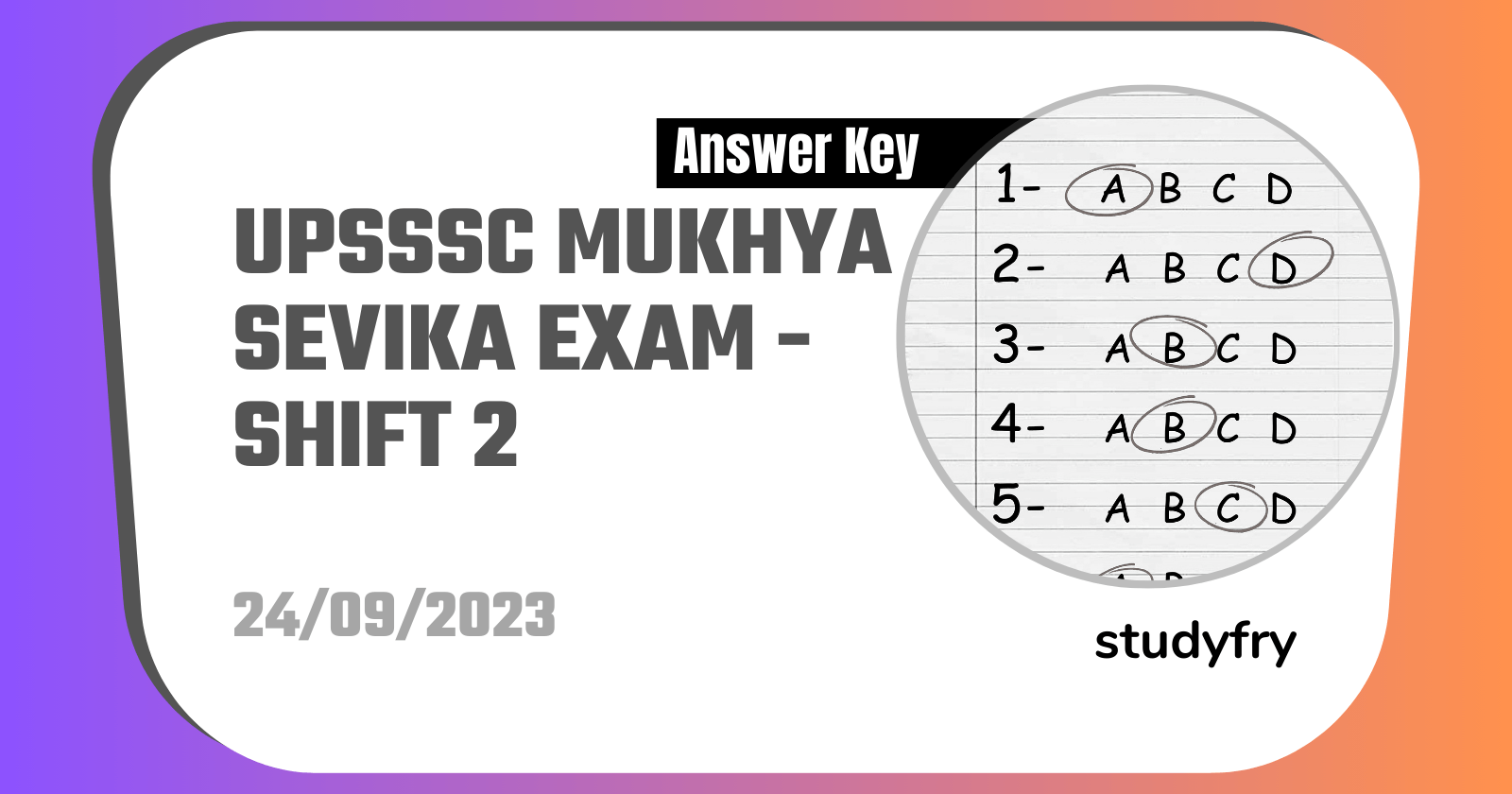81. समाज को सामाजिक संबंधों के जाल के रूप में किसने परिभाषित किया ?
उत्तर : मैकाइवर और पेज
Who defined the society as the web of social relationships?
MacIver and Page
82. निम्नलिखित में से कौन सा अनियोजित सामाजिक परिवर्तन के प्रेरक कारक का उदाहरण है ?
उत्तर : बाढ़ और भूकंप
Which of the following is an example of causative factor of unplanned social change?
Flood and earthquakes
83. कौन से परिवर्तन भौगोलिक कारकों के कारण होते हैं, जो सामाजिक परिवर्तन के लिए उत्तरदायी हैं ?
उत्तर : नई टाउनशिप और वास्तुकला
Which changes occur due to geographical factors, which are responsible of social change?
New townships and architecture
84. निम्नलिखित में से किसने सामाजिक परिवर्तन के लिए आर्थिक कारकों पर बल दिया है ?
उत्तर : मार्क्स
Who among the following has emphasized on economical factors for the social change?
Marx
85. सामाजिक नियंत्रण का उद्देश्य क्या है ?
उत्तर : व्यक्तिगत व्यवहार को नियंत्रित करने के लिए
What is the aim of social control ?
To control individual behavior
86. निम्नलिखित में से कौन ICDS परियोजना की एक प्रशासनिक इकाई है ?
उत्तर : सामुदायिक विकास खंड
Which of the following is one of the administrative unit of ICDS project?
Community development block
87. पानी में घुलनशील विटामिन की हानि से बचने के लिए खाना बनाते समय आप क्या उपाय कर सकते हैं ?
उत्तर : जब संभव हो तो प्रेशर कुकर का उपयोग करें ।
What measures you can take while cooking to avoid the loss of water-soluble vitamins?
Use a pressure cooker when possible.
88. मुख्य सेविका को किस कार्यक्रम के तहत अपने कर्तव्यों का पालन करना होता है ?
उत्तर : एकीकृत बाल विकास योजना
Under which programme, the ‘Mukhya sevika’ has to perform her duties?
Integrated child development scheme
89. ब्लॉक स्तर पर परियोजना स्तर पर आईसीडीएस परियोजना का समग्र प्रभारी कौन है ?
उत्तर : बाल विकास परियोजना अधिकारी
Who is the overall incharge of the ICDS project at the project level at block level?
Child Development Project Officer
90. ग्रामीण या शहरी क्षेत्र में एक आँगनवाड़ी स्थापित करने के लिए जनसंख्या को शामिल करने के क्या मानदंड हैं ?
उत्तर : 400-800
91. ICDS योजना के लाभार्थी कौन हैं ?
उत्तर : 6 वर्ष से कम उम्र के बच्चे, गर्भवती और स्तनपान कराने वाली महिलाएँ
Who are the beneficiaries of the ICDS scheme?
Children under 6 years of age, pregnant and lactating women.
92. भारत सरकार द्वारा ICDS योजना किस वर्ष विकसित की गई थी ?
In which year the ICDS scheme was evolved by Government of India?
उत्तर : 1975
93. पूर्ण परिवार के आकार की अनुमानित परिमाण की गणना करने के लिए, किस प्रजनन दर का उपयोग किया जाता है ?
उत्तर : कुल प्रजनन दर
To count approximate magnitude of the completed family size, which fertility rate is used?
Total fertility rate
94. जनसंख्या वृद्धि के महत्वपूर्ण घटक क्या हैं ?
उत्तर : जन्म और मृत्यु दर
What are important components of the population growth?
Birth and death rate
95. जिस परिवार में केवल पिता, माता और उनके बच्चे हों, उसे क्या कहा जाता है ?
उत्तर : एकल परिवार
A family consisting of father, mother and their children only is called as
Nuclear family
96. पति-पत्नी के तलाक के अधिकार को किस सामाजिक कानून द्वारा मान्यता दी गई ?
उत्तर : विशेष विवाह अधिनियम, 1954
By which social law, was the right of husband and wife to divorce recognized?
Special Marriage Act, 1954
97. कौन सी सामाजिक संस्था सामुदायिक स्वास्थ्य सेवाओं की मूल इकाई के रूप में कार्य करती है ?
उत्तर : परिवार
Which social institution serves as the basic unit of community health services?
The family
98. जन्म दर के लिए सही कथन क्या है ?
उत्तर : जीवित जन्मों की संख्या / 1000 अनुमानित मध्य – वर्ष जनसंख्या
What is the correct statement for the birth rate ?
Number of live births / 1000 estimated mid – year population
99. हिंदू विवाह अधिनियम के अनुसार वैध विवाह की एक शर्त क्या है ?
उत्तर : वर और वधू चचेरे भाई-बहन नहीं होने चाहिए ।
According to Hindu Marriage Act, what is one of the conditions for valid marriage ?
The bride and grooms should not be sapindas.
100. निम्नलिखित में से कौन सा परसंस्कृतिकरण का तरीका नहीं है ?
उत्तर : सामाजिक परिवर्तन
From following which is not a way of acculturation ?
Social change
